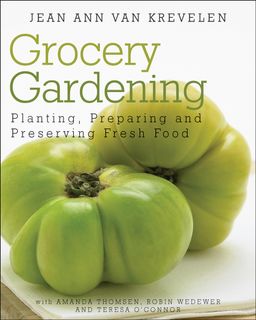 “The fair maid who the first of May,
“The fair maid who the first of May,Goes to the fields the break of day,
And washes in dew from the hawthorn tree,
Will ever handsome be.”
Old Proverb
The first of May - otherwise known as May Day - is “rich in customs, perhaps more so than any other day of the year,” writes The Oxford Book of Days.
Unlike some seasonal celebrations, there’s also solid evidence that pre-Christian rituals happened around this day, according to Ronald Hutton, history professor at the University of Bristol.
So, while you’re out smelling the May flowers, consider these facts:
Start of Summer: May Day was the beginning of summer in traditional calendars for centuries. It was also around now that the livestock were brought out of winter pens to graze in summer pastures. So, for the pastoral communities it was an especially important time in their annual agricultural cycle.
May Day and May Eve were also considered among the scariest days of the year – a time when fairies, witches and other evildoers created havoc. That’s why so many seasonal rites were designed to protect families, animals and communities from these potential problems.
Fire Rituals: Ancient Celts made huge purification bonfires on this day they called Beltane or something similar. The fire tradition in various forms survived in Ireland well into the 19th century. Cattle were led through flames to protect them in fields. Travelers jumped over fires to ensure safe journeys. Young women leapt to find husbands. Even babies were carried over dying cinders to keep them well. Similar fire rituals can be found in Scandinavia, Germany, Austria and other European countries.
Incidentally, it was considered dangerous for someone to take fire from your hearth at this time. Try to borrow a light on May Day in 16th century Ireland, for instance, and your neighbors would likely have called you a witch.
 Plant Uses: Speaking of witches and fairies, now was a particularly good time to scatter marsh mallow and primrose petals on your front steps to keep away misfortune. Or, you might hang rowan (or mountain ash) around cows, doorways and dairy equipment to keep those areas safe from harm too.
Plant Uses: Speaking of witches and fairies, now was a particularly good time to scatter marsh mallow and primrose petals on your front steps to keep away misfortune. Or, you might hang rowan (or mountain ash) around cows, doorways and dairy equipment to keep those areas safe from harm too.
Garlands and crosses – made from plants like hue, hemlock, rosemary, birch, elder and hawthorn branches – were also hung around the home for centuries to keep families and farms protected from evil spirits.
In addition to warding off witches, flowering branches and bouquets were gathered on May Day to decorate the home and give as gifts. Even today, it’s common in France to give lily-of-the-valley bouquets to loved ones on May 1.
However, the plant selection was particularly important in the olden days. Rowan and hawthorn symbolized a sign of respect. But other plants conveyed other meanings. For example, a thorn meant scorn and a nut meant a slut, but a plum in bloom meant married soon.
“The May Pole is up,
Now give me the cup,
I’ll drink to the garlands around it.”
Henry Bold, 1657
Maypoles: Nothing symbolizes May Day better than a maypole made of birch or some other tree, and festooned with flowers and ribbons. In England, maypoles were well established as early as 1350 to 1400. The poet Nicholas Breton wrote in 1618 that the maypole was “where the young folks smiling kiss at every turn.”
Famous Parties: If you think only the villagers participated in May Day festivities, guess again. King Henry VIII and Catherine of Aragon, for example, celebrated regally with Robin Hood in 1515. Sixteenth-century English historian John Stow writes that the group feasted in “harbours made of boughs, and decked with flowers . . . with venison and wine by Robin Hood and his men.”
Sounds quite nice, don’t you think?
Learn more about May Day’s seasonal rituals from the sources used for this post:
How do you intend to celebrate the start of May?
Here's information about other holidays:
Images Credit: These Victorian scenes came from an amazing collection belonging to T's Altered Art on Flickr. Go check ‘em out.
































